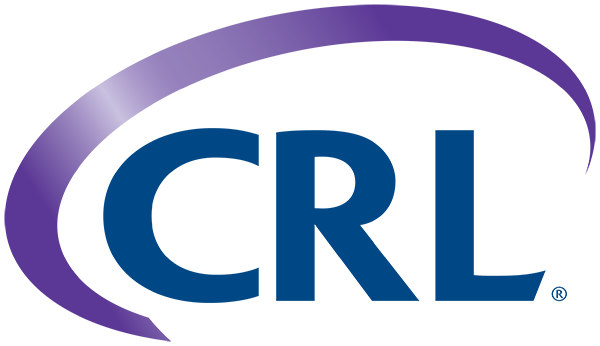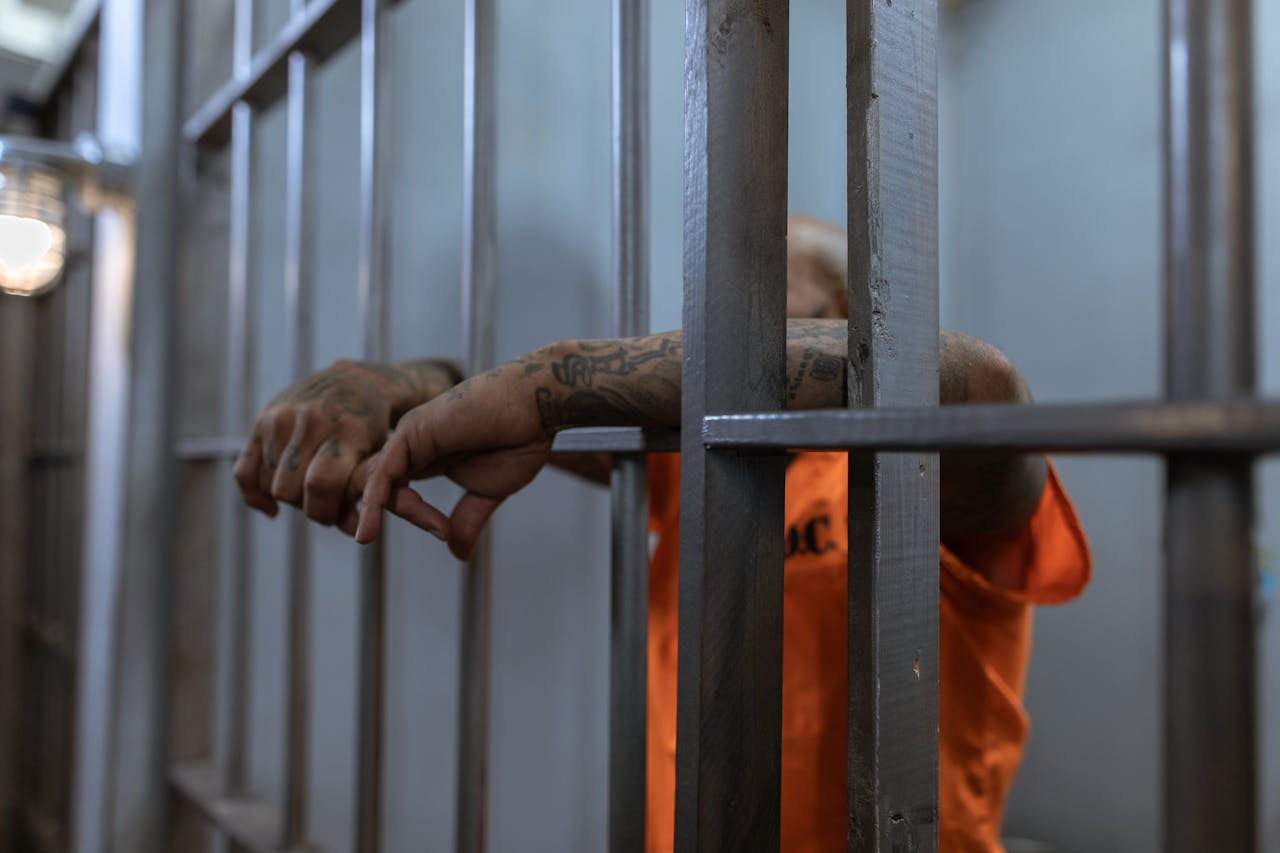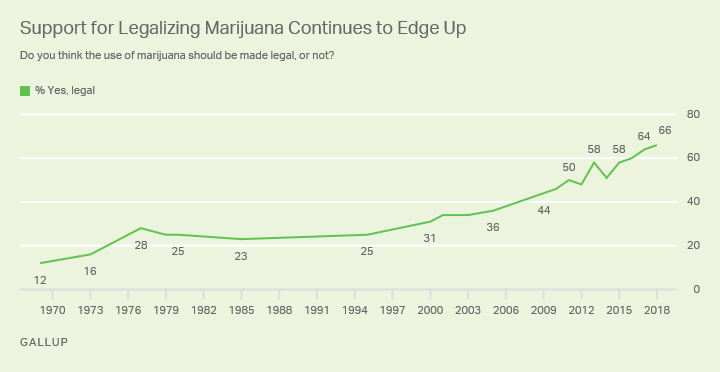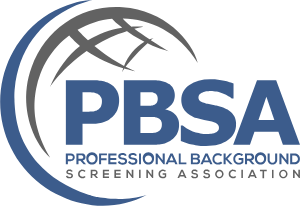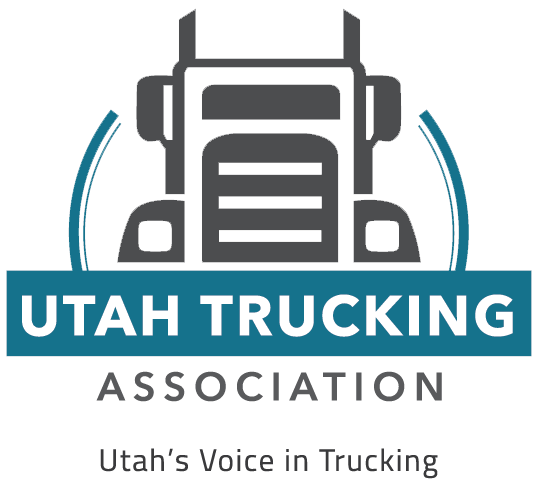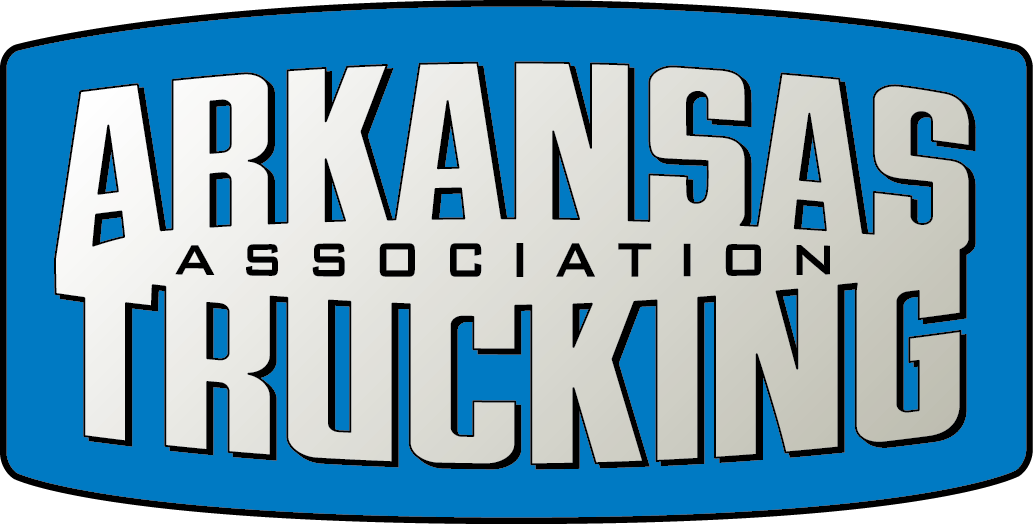US Drug Test Centers Blog
Adults on Probation: How Many Are There?
Someone gets pulled over for drinking and driving. Or perhaps, they're carrying a concealed weapon without the correct permit. What happens to this adult after committing a crime? There are various options offenders might be given as alternatives to jail time. Two such options are probation and parole.
How many adults in the United States are on probation or parole? Which state has the biggest probation population? Does community supervision even work? If so, how many people successfully complete and exit their program?
In this blog, we dive into the numbers behind probation, how the statistics compare over time and across states, and what we can do to improve.
Probation Vs Parole
Before we explore the numbers on adult probation, we need to explain the difference between two specific terms: probation and parole.
Individuals on probation have either been convicted of a crime or have pleaded guilty to a crime. However, they're given an option outside of incarceration. Essentially, they don't have to serve their jail sentence and instead remain out of custody. There are rules they must follow, though, and they'll be under the supervision of a probation officer while doing so. Failure to comply with any term or rule could result in jail time.
Parole is similar, except that in this case, the adult has already served jail time and was let go ahead of their scheduled release date. Like individuals on probation, if someone is released on parole and violates any term of this arrangement, they may be sent back to jail/prison to fulfill their sentence for their crimes.
Finally, many people refer to probation and parole collectively as "community supervision."
Adult Probation by the Numbers
Research findings show that in 2023, there were approximately 3.7 million adults on probation or parole: 2.9 million on probation and more than 800,000 on parole.
In 2022, approximately 3,668,800 adults were under community supervision, a decline of 36,700 people from January 1, 2022. This was the second year in a row that the probation population, specifically, stayed under three million people. Adults on parole also decreased from 745,300 to 698,800, a 6.2% drop.
Data from 2021 tells us that at the end of the year, approximately 3,745,000 adults were under community supervision. This was 136,600 fewer compared to January 1 of that year.
In promising news, this was the lowest rate of adult probation in 36 years.
If we go back further, at the end of 2020, the probation population consisted of about 3,890,400 adults under community supervision — down 276,500 from the beginning of the year. This drop of 8.3% was, at the time, the biggest annual decrease that the Bureau of Justice Statistics (BJS) had seen since they began collecting data in 1980.
How Successful is Community Supervision?
An important question lingers: Does community supervision work or do these individuals end up in jail/prison?
While the numbers fluctuate from year to year, to give you an idea, in 2020, among the probation population with a known type of exit (for example, they exited to serve jail time, because they completed their program, etc.), approximately 65.8% of adults exited after successful completion of their program. This was a slight decrease from the 68.9% who exited upon completion in 2019. In 2018, it was 69.1%.
While it might seem that in more recent years, fewer people across the nation are successfully completing their community supervision, the overall trend seems promising, despite some dips:
2005: 59%
2010: 64.5%
2015: 62.6%
2020: 65.8%
So, it seems that while it's not perfect, the US population of adults who are under community supervision more often than not complete their supervision without having to fulfill any further sentencing.

Which States Have the Biggest Probation Population?
For several years, Georgia has had more individuals on probation than any other state. While some might rightfully assume that this makes Georgia safer, the opposite has proved true. Data updated as recently as 2022 says that the state's probation population per 100,000 people is more than triple the national average.
However, some say that the reason for the high numbers is due to Georgia’s private probation industry. There is a financial motive to keep as many people on probation for as long as possible.
Why Are People Given an Alternative to Jail Time?
There are many reasons why someone might end up on probation or parole, including the illegal possession of firearms, assault, sex offenses, theft, burglary, and driving while impaired (DUI/DWI). While on probation or parole, it is common that we see an individual required to adhere to random drug and alcohol testing.
Great effort has been put into keeping drugs out of our homes and businesses to improve community safety. This can be accomplished via employee training, drug-free workplace policies, and stringent testing programs.
Drug testing is vital for reducing crime and accidents on the job and keeping people safe. By doing this, fewer people will find themselves on parole or probation.
US Drug Test Centers is here to support all of your testing needs. We'll design a complete program for your company, including drug screening, a written drug-free policy, staff training, and additional support for your office/company. This includes companies and owner-operators employed by the Department of Transportation (DOT).
We also work with individuals in all states — from Indiana and Illinois to Massachusetts and South Carolina and beyond — who are in need of drug and alcohol testing. Are you dealing with legal matters? Learn more about court-ordered drug testing now.
If you’re ready to take action, order a test online today in just a few clicks, find a testing center near you, or contact us with any questions.


